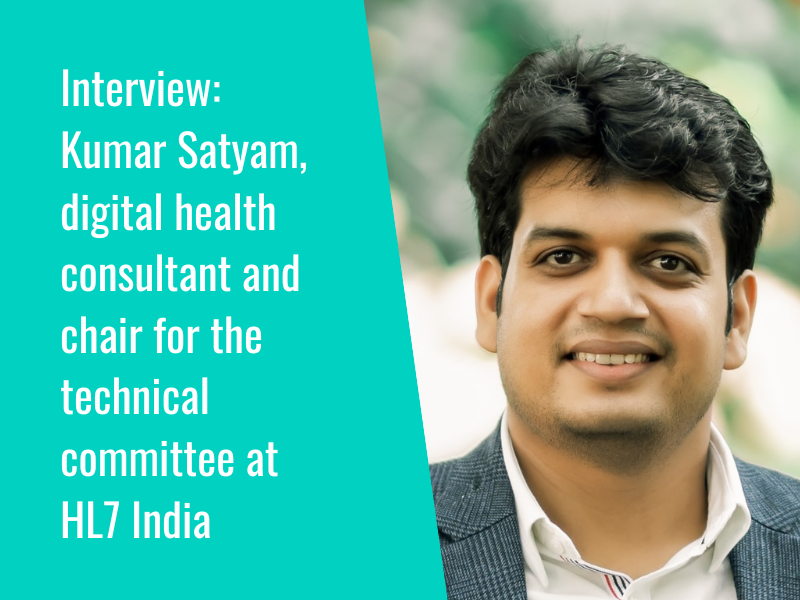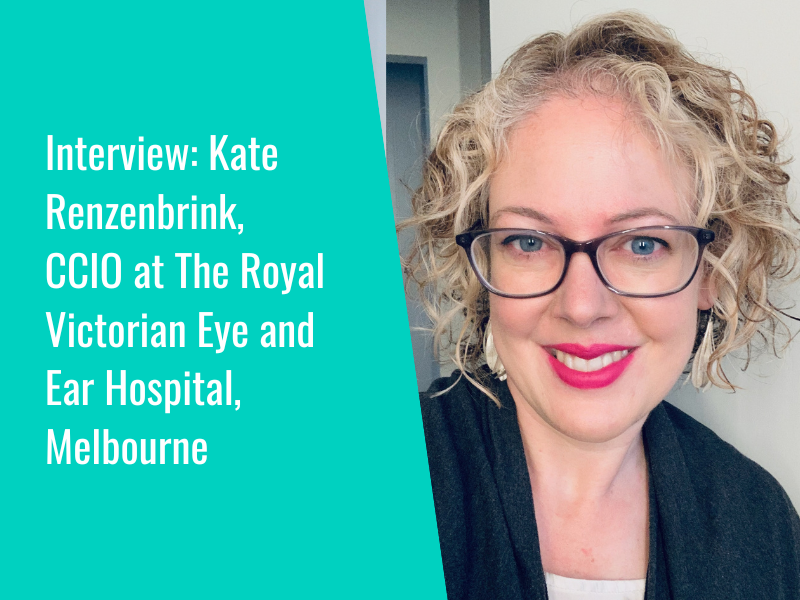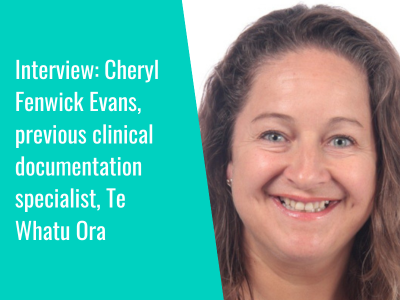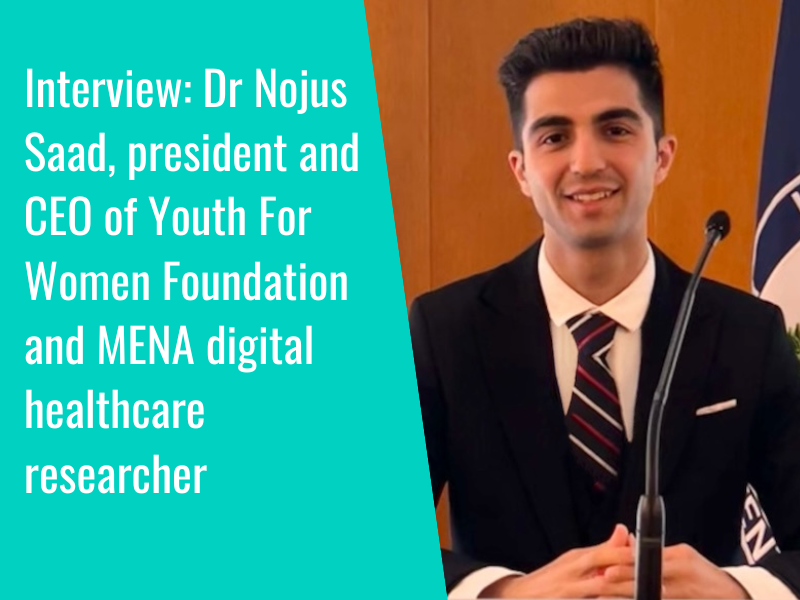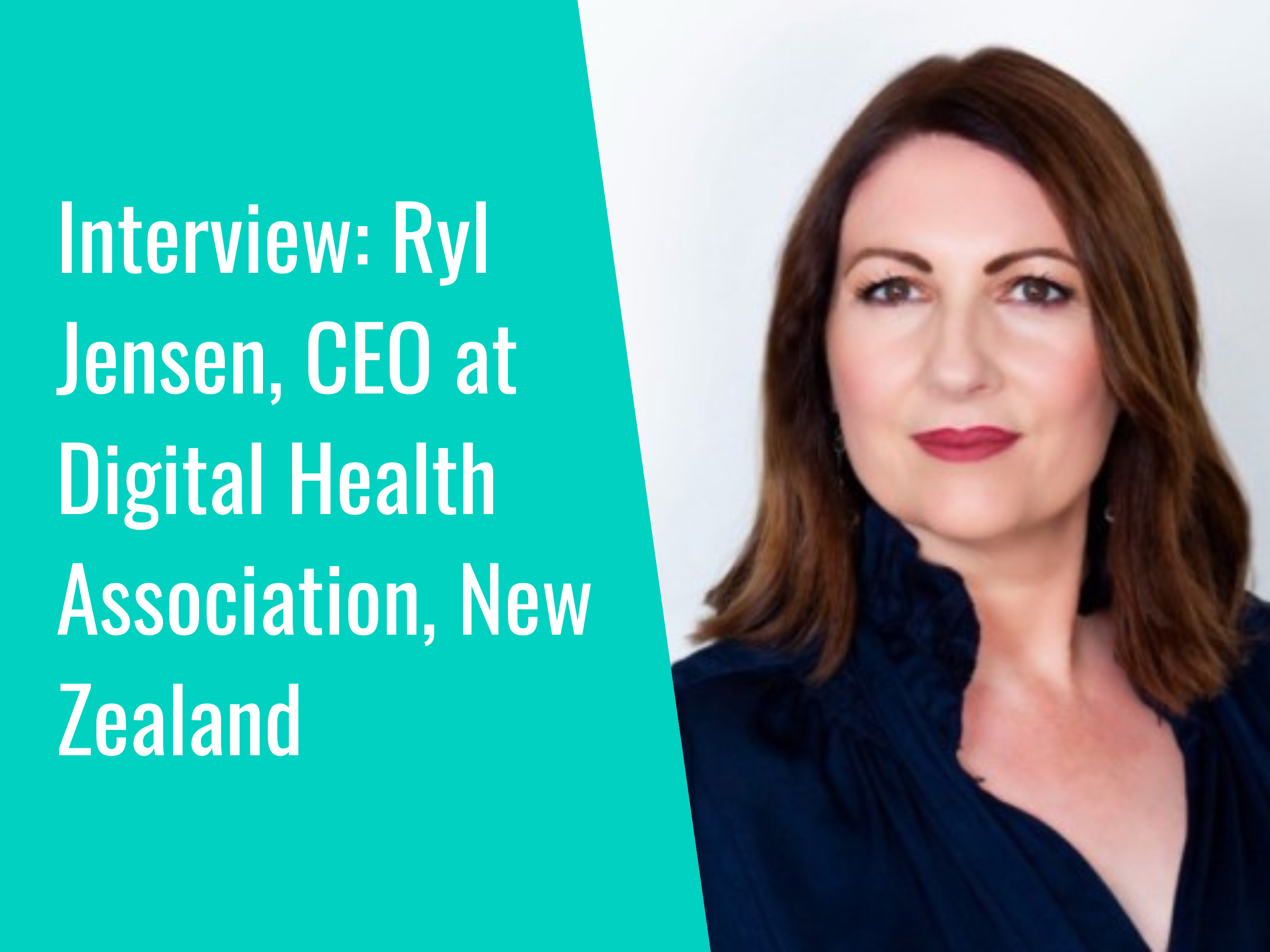The Dubai Health Authority (DHA) has published guidance for health facilities on making the transition between electronic medical records (EMRs), covering the process from selecting an EMR to data migration, testing, implementation, post-implementation support, customisation and training.
Set to come into effect from 25 September 2024, the guidance has been developed “to align with the evolving health information necessities and international best practices”. It aims to support the smooth transition to EMR whilst “maintaining integrity, security, privacy and accessibility” of patient data.
When it comes to selecting a new EMR, health facilities are encouraged to start planning exercises for the change, including the development of an overall vision and business capability roadmap. This exercise should also bring about a discussion of the most important features in a new EMR, lessons learned from the previous EMR, stakeholder readiness, and anticipated financial burden.
Facilities will also be required to sign a Data Health Information Sharing Agreement with their new EMR vendor, comply with the DHA’s Policy for Data and Health Information Protection and Confidentiality, and ensure that the vendor is storing health information within the UAE. Interoperability and single sign-on to connect to NABIDH, Dubai’s health information exchange platform, are also recommended features of new EMRs.
In terms of a timeline, the guidance states that “the whole timeline for replacement of EMR should not exceed three months for small facilities and nine months for large hospitals”. The implementation being overseen by a Project Steering Committee is also recommended, with a team lead identified who will be responsible for working alongside vendors to ensure smooth migration.
Highlighting staff training, the guidance recommends training for cybersecurity awareness, specialised training for super users, and the identification of “at least one” change champion who can offer onsite expertise and training of other staff members when required.
Other recommendations include a verification of the accuracy and completeness of transferred data, thorough testing to identify potential risks and issues, the identification of “super users” to support the initial go-live period, and the preparation of a “roll back plan” in the event that a go-live is unsuccessful.
To read the guidance in full, please click here.
In other news from Dubai, we reported on the opening of a new hospital with “advanced digital technology” back in June, bringing together 83 doctors with international experience and “enhancing healthcare provision at the new hospital through extensive digitalisation”.
And in related news on EMRs, last month we looked at the latest update from Albany Med Health System in the US on their progress and expansion with Epic’s EMR, including the introduction of new features and plans to roll-out the EMR to more hospitals in the network by autumn.
- 1
- 2


